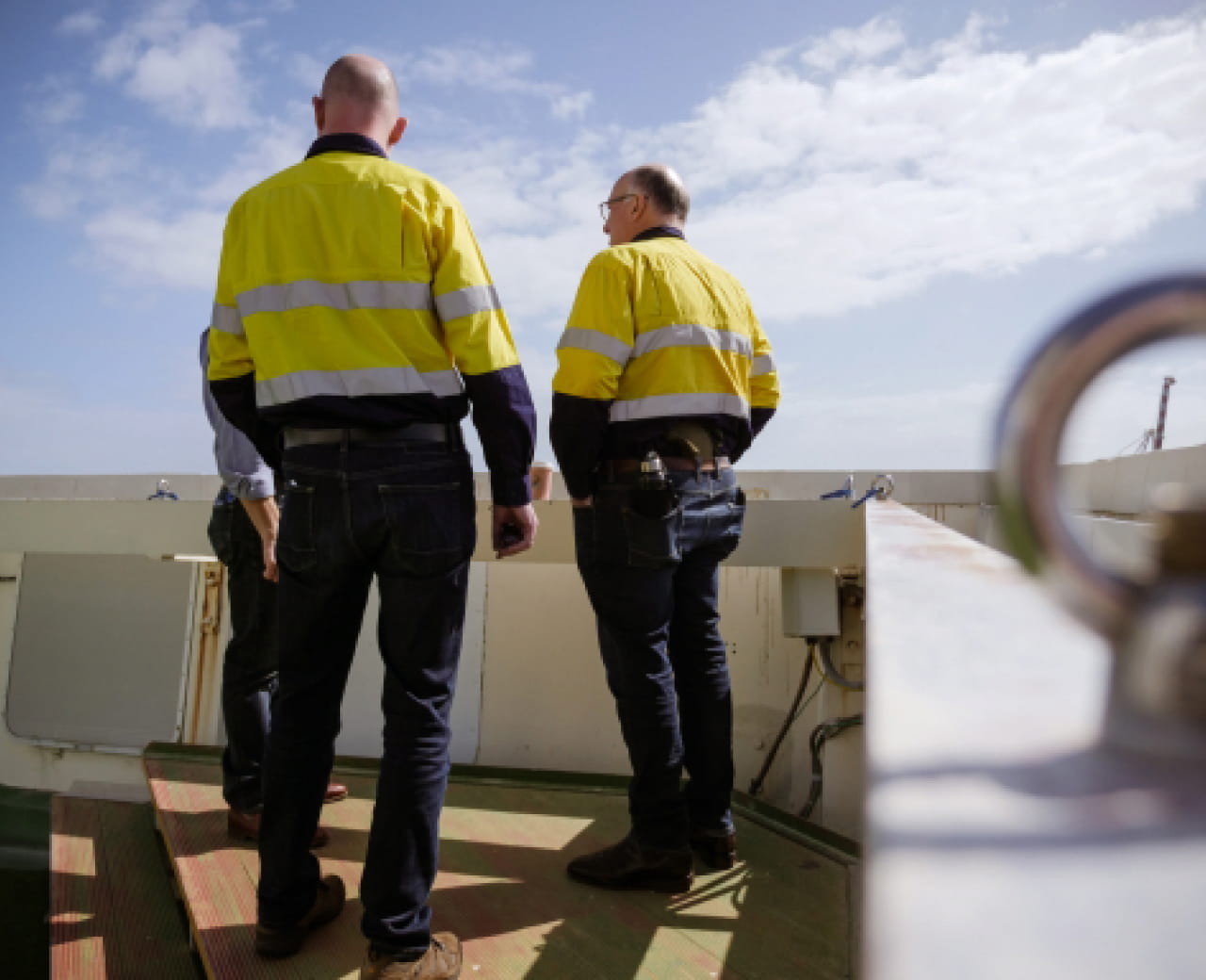What is Safety Differently?
Whatever you choose to call it (Safety Differently, Safety 2, New View etc) the fact remains that for everything it is, could be and should be, the above question highlights the one thing it’s not; it’s not a shiny new product or well-defined service you can see, review and install!
Even the more clearly defined methodologies such as Human and Organisational Performance (HOP) are highly contextual and adaptable i.e. not a shiny new product that fits every organisation the same way and arrives via courier on your doorstep.
Arrggghhhh…

So, what exactly is this non-material thing everyone is talking about? Why should you consider it for your organisation?
It’s at this point I get equal parts nervous and excited. You see, I know enough about Safety Differently / Safety 2 to know three things, and it’s these that cause the mixed emotions:
- Trying to definitively outline how best to ‘implement’ Safety Differently / Safety 2 methodologies, and the motivations and practices you associate with it is an ongoing debate that is not clearly defined and probably never should be. In fact, I would be very dubious of anyone who said “We have this methodology/approach, and it works in every situation every time, regardless of your organisation, just buy our new shiny product!”.
- Safety Differently/Safety 2 isn’t (just) about safety. I know it may have safety in its name (HOP doesn’t use the word ‘safety’ at all) but that’s just not true. Increased safety is almost a by-product, a side-effect if you will.
- People think Safety Differently / Safety 2 is a replacement for the safety everyone already knows; this just isn’t the case either! The name is misleading. Think of it as a ‘safety evolution’ which piggybacks on tools and systems you already know while incorporating other elements to increase efficiency, communications and psychological safety.
Do you see why I get both nervous and excited?
So, I hear you cry out, “what is it then?!”
I can’t tell you what ‘it’ is, as ‘it’ isn’t definable in a physical product form. However, I will tell you my (emphasis placed on ‘my’ for good reason!) opinion at the end of this blog.
To start with, I am going to list some published ‘principles’, these were developed over time by several extraordinary individuals from within the disciplines of Cognitive Systems, Human Factors/Performance, and Psychology. Contributors include Erik Hollnagel, Sidney Dekker and Todd Conklin. There are many more academics and practitioners who have contributed to this and related fields; however, to keep this short here are some principles:
- Error and incidents are normal. On the surface, this is a highly contentious statement. However, it’s only contentious if you can, hand on heart, say you have never made a mistake, forgot something, lost concentration for a second. In other words, it’s only contentious if you are not a human being who makes mistakes, which we all are!
- Safety is not defined by the absence of negative events (incidents, LTI’s etc) but by the presence of capacity. Assuming errors will be made, and they always will, defining safety by the absence of a negative event only focuses our attention on unwanted and unintended consequences. Building capacity into working systems requires the evaluation of ‘normal work’ which, if you really think about it, is the same as work that resulted in an incident. It’s just the end result is different. This focus on ‘normal work’ and increasing capacity is the best way of acknowledging the fallibility of humans and building systems that can fail safely when humans interact with them.
- Blame fixes nothing / Workers are not the problem; they are the problem solvers. Assuming that all incidents are caused by employees who are hell-bent on destroying your organisation has seen the mistreatment of employees; which in turn has resulted in a lack of trust and respect from them. People do not go to work to make mistakes or injure themselves and others. If you believe you have those kinds of employees, then you have a criminal issue, not a safety issue. As mistakes or errors are made we need to take the time to process our own internal biases while learning as much as we can about what happened. Employees have the solutions, value them and ask the right questions.
- Continuous learning. Workplaces, tasks and technologies are becoming more complex, not less. It’s essential to recognise that your employees are your experts and therefore can help make your organisation more effective and safer. Creating a culture that encourages and supports the flow of honest information, with the systems to capture it, is paramount to adaptability, resilience and competitive advantage.
- Response to error matters. Leaders shape how the organisation learns and improves by their reactions to errors. You can either blame and punish, or you can learn and improve. You just can’t do both. The evidence is in on this; if you want adaptive, creative, engaged and motivated employees, who will help you make your organisation the best it can be, then you need to start creating more psychological safety for your employees. Notice how none of these principles is ‘traditionally’ safety focussed? The embedded motivation behind them all is based in tenants of ‘psychology’, ‘human performance’ and ‘management theory’ that have been verified and utilised for decades now.
So, to conclude with my opinion on what I believe is the essence of Safety Differently / Safety 2:
- You won’t get the best out of any human by treating them badly whenever they fall short of perfection!
- Your organisation has problems, lots of them; it also has all the answers! See above point.
Enquire Today
We’re here to help. If you have a question about our services, solutions, or anything else, we’re ready to answer your questions.
Get in touch on (08) 9353 1387


